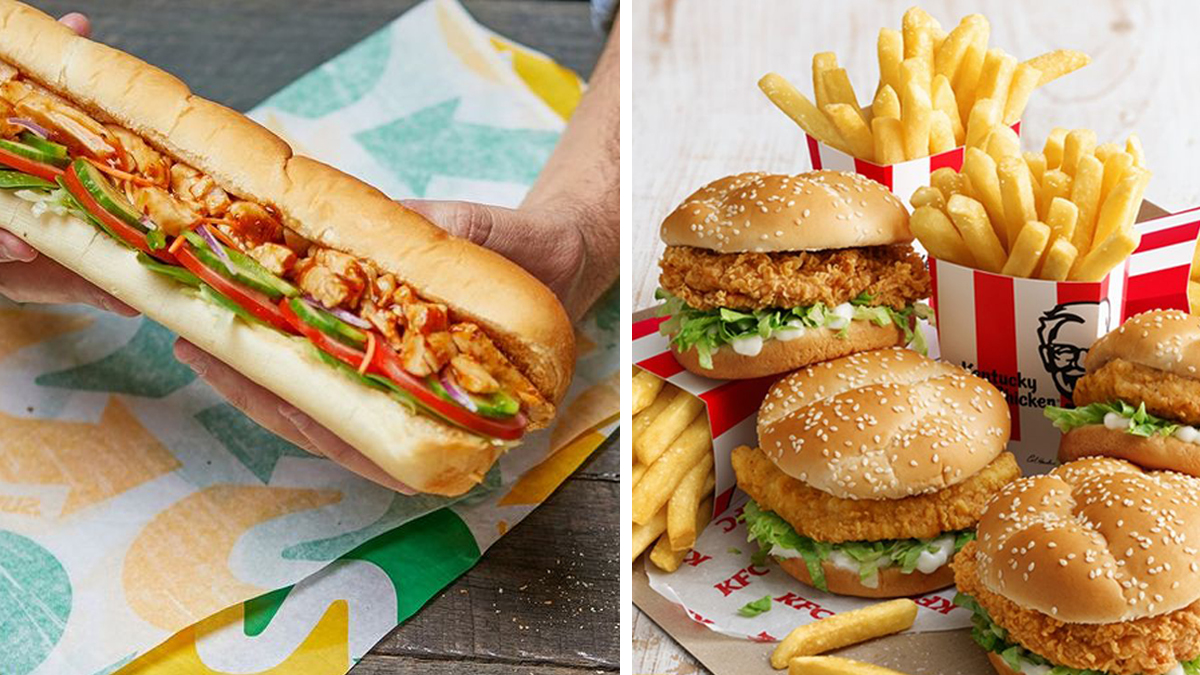



Article by: Hari Yellina
Due to a lettuce supply shortage across the country, a number of prominent Australian fast-food restaurants have been compelled to make menu adjustments. The worldwide shortage of lettuce, and the resulting skyrocketing price, has temporarily affected the way companies fill their burgers, wraps, and sandwiches. To make up for the shortage, Subway has stated that their lettuce will now be mixed with cabbage in a lush combination. On Tuesday, KFC confirmed the same adjustment, giving customers the choice to “customise” their orders and remove the mix entirely. A spokesman for Hungry Jack’s told reporters on Wednesday that the company’s eastern states outlets were also “hit by a scarcity of fresh food.”
However, certain restaurants, such as Subway and KFC, will not be serving the cabbage blend and would instead “sell lettuce in lower quantities while the scarcity persists and will continue to work with suppliers to sustain supply.” “This shortfall is projected to continue through June and into July,” Hungry Jack’s warned in a statement. Meanwhile, a McDonald’s representative told 7NEWS.com.au that the company was trying to get the deal done. “We’re working hard with our suppliers to ensure that customers can continue to enjoy our entire menu,” they said. The recent flooding in New South Wales and Queensland is to blame for the nationwide scarcity. According to a statement on the Subway website, “being a fresh food company involves riding the ups and downs of fresh fruit.”
“We’re now experiencing a lettuce shortage from our local lettuce growers. “So, for the time being, we’ll be mixing lettuce with cabbage until more lettuce arrives.” Consumer inflation has gripped the Australian economy as a result of supply chain limitations, workforce shortages, border closures, gasoline prices, and other pandemic-related difficulties. Commodity prices are also rising due to a bleak forecast for global food output, which is compounded by Russia’s war on Ukraine and trade restrictions. Food prices around the world are at their highest in a decade, with no signs of abating in 2022 or most of 2023. Food costs increased by 4.3 percent in the year to March, according to ABS numbers issued earlier this year.
Inflation forecasts among consumers increased 0.2 percentage points to 5.7 percent, the highest level since early April. Costs in supermarkets have risen to an 11-year high, with iceberg lettuce fetching as much as $7.98 per head. Supermarket consumers have even been seen peeling the outer leaves of lettuce to line their shopping bags and avoid paying the exorbitant rates. On Tuesday, Foodbank NSW and ACT CEO John Robertson told Sunrise that the organisation was experiencing “huge spikes in demand for food” across the country. “We’re roughly 50% up on where we were before COVID; we were providing about six million meals a month before COVID.”
While Subway has joined KFC in reducing lettuce, this isn’t the first time KFC has had to make significant menu modifications. In January, the business was forced to limit menu items such as its original chicken burgers, zingers, fillets, and wings due to a chicken shortage. This was mostly due to supply concerns; the scarcity coincided with the removal of COVID regulations, necessitating the use of huge numbers of people to isolate.